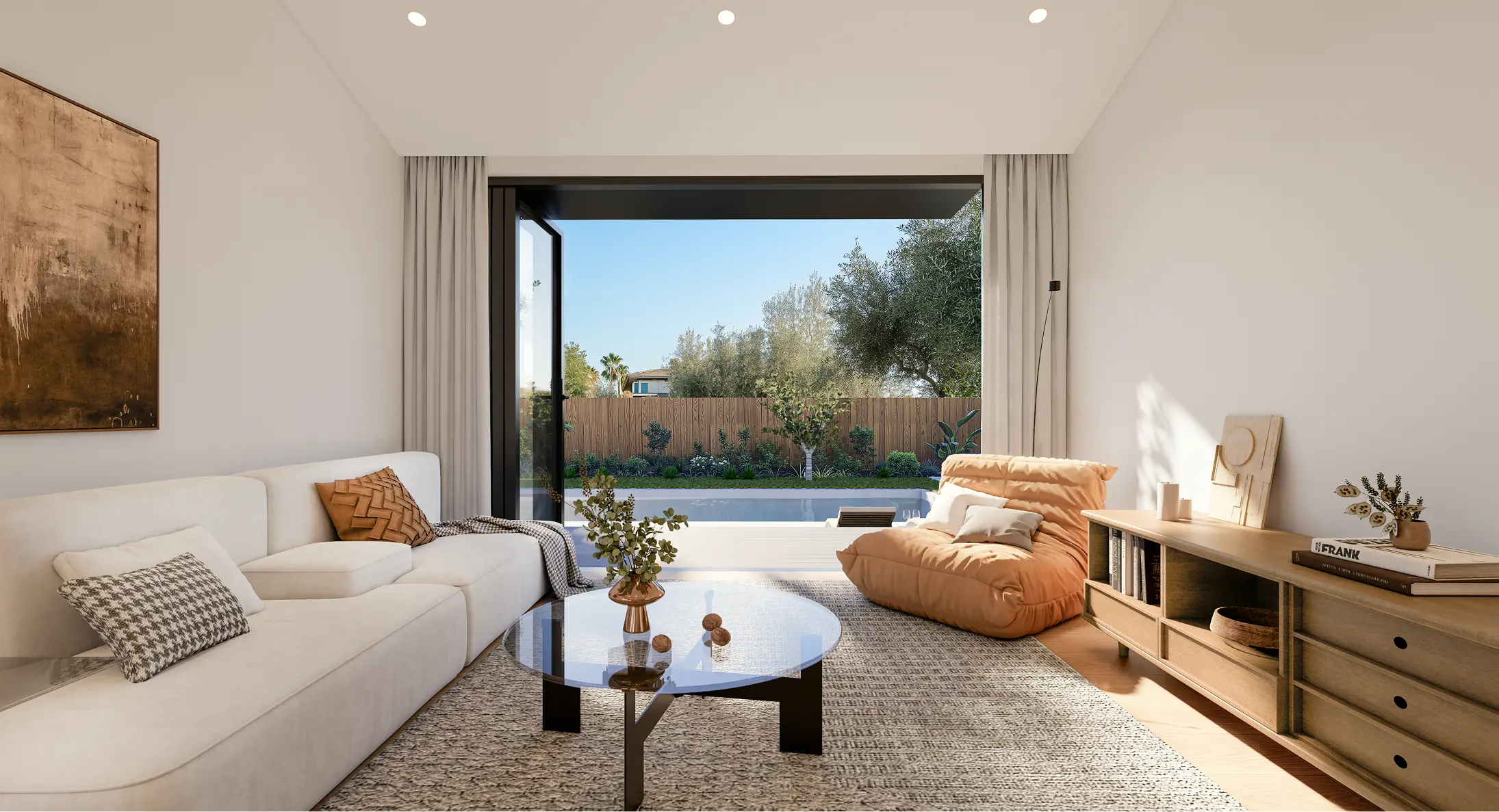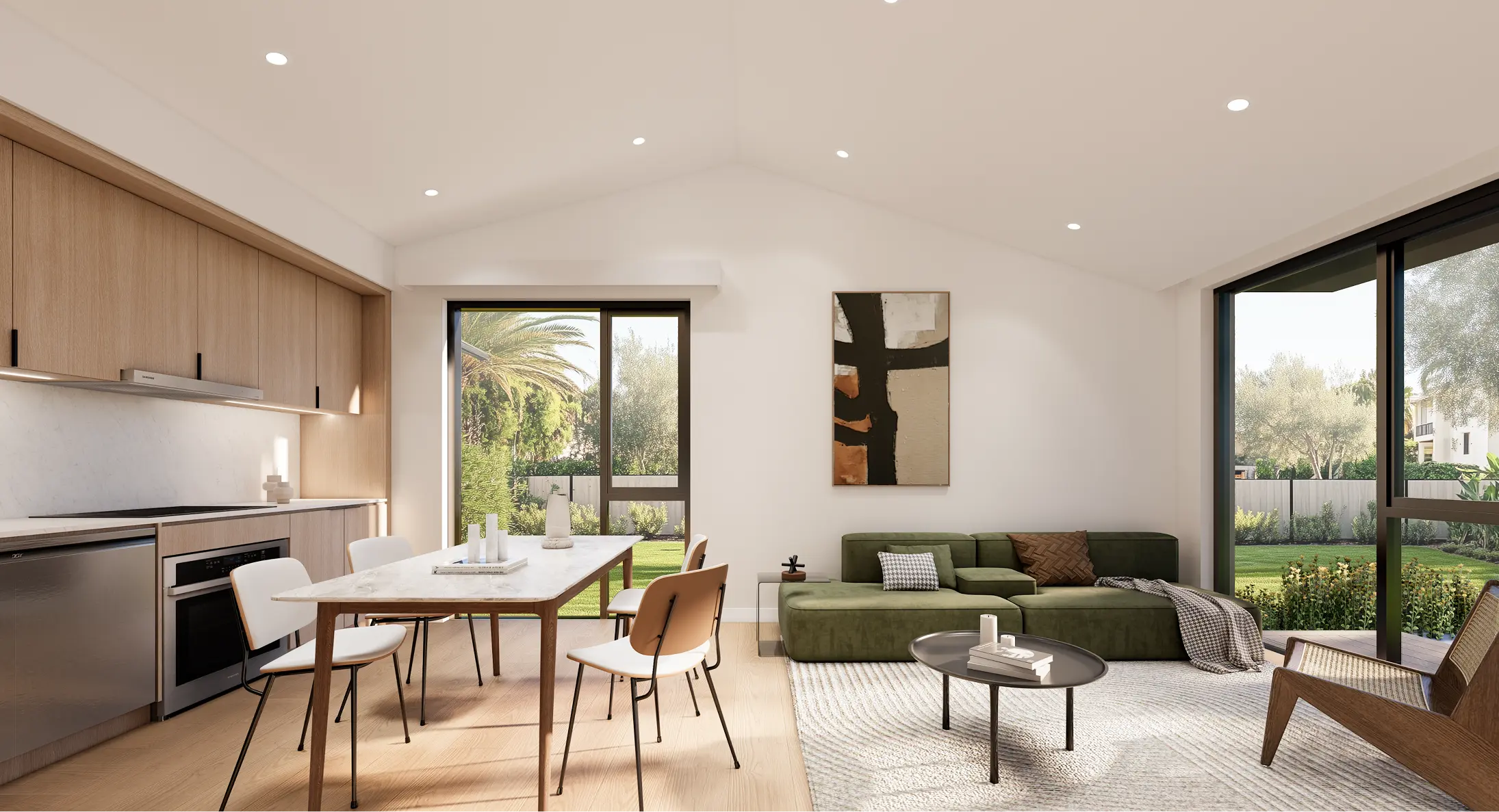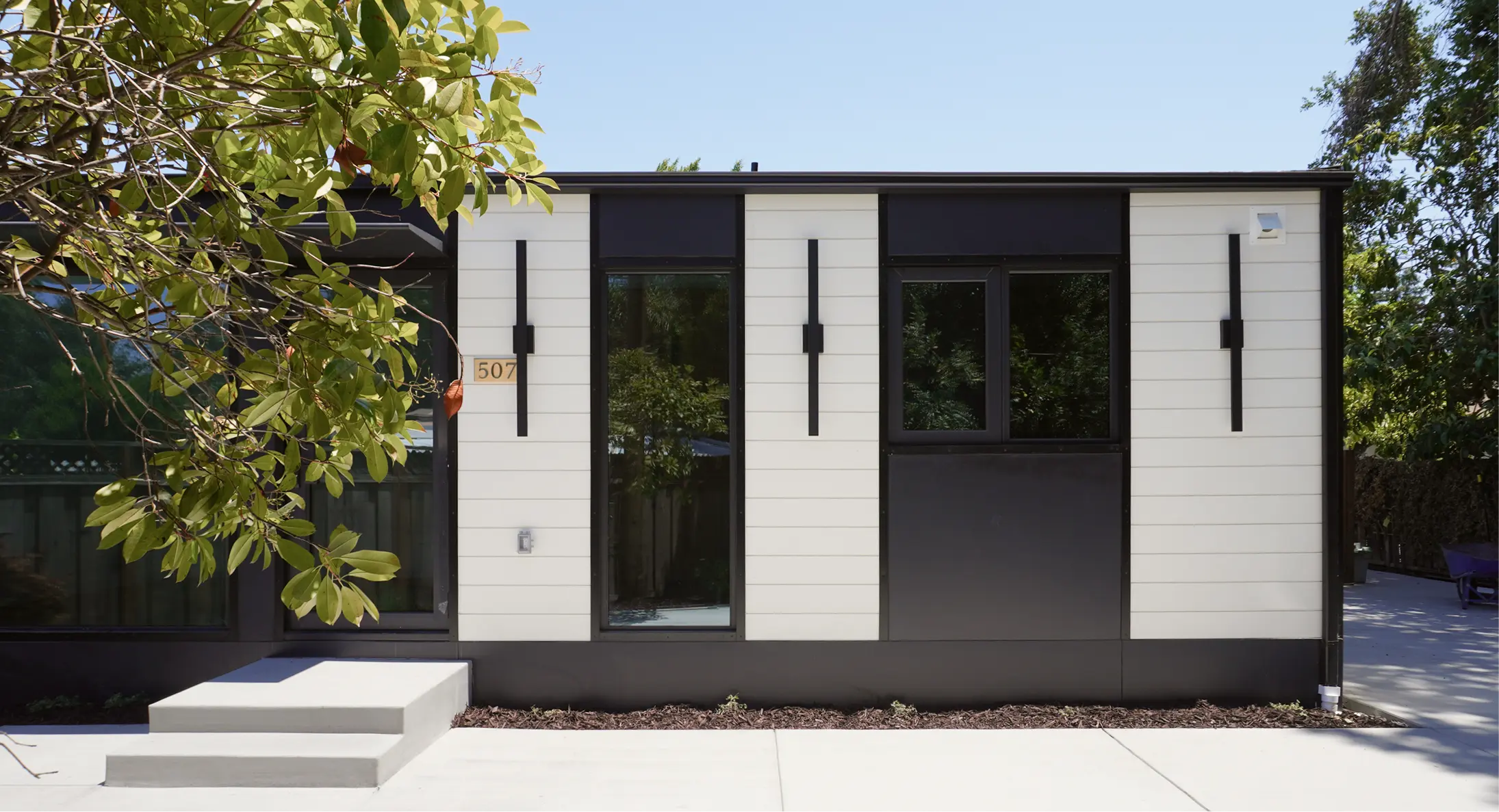
What LA Homeowners Learned From Their 2025 ADU Projects — And What You Should Know Before Building in 2026
How Much Does It Actually Cost to Build an ADU in California?

How Much Does It Actually Cost to Build an ADU in California?
The real numbers no one wants to tell you (but we will)
Asking about ADU costs without specifics is like asking how long it takes to get from California to New York. Are you flying first class? Riding a bicycle? Hitchhiking with a banjo? Driving a ’92 Honda Civic that makes a concerning noise above 55 mph?
The answer: It depends on a lot of variables.
But unlike most companies that dance around with vague estimates, I’m going to give you actual numbers. Let’s break down what ADUs really cost in California in 2025.
The Cost Spectrum: From “Why Bother” to “Did You Win the Lottery?”
Here’s the real cost range for a standard 2-bedroom ADU in California:
But wait… before you go jumping in and calling contractors or companies, get a clear view of why these price tags exist.
Traditional vs. Prefab: Not Even Close to the Same Product
When someone tells me a contractor offered to build their ADU for less than our prefab units, I usually say: “They’re probably right.”
Then I explain why that’s truly comparing apples to oranges.
Traditional builds use standard construction methods that have been around for decades. They’re familiar, relatively straightforward, and can absolutely meet basic needs.
High-end prefab units like ours are fundamentally different products:
All of these factors are very difficult to replicate in traditional building unless you specifically request it. And when you do, it’s going to cost you!
The question isn’t which is cheaper—it’s which meets your specific needs and priorities.
HUD vs. HCD: The Hidden Factor That Affects Your Property Value
This is the part most companies conveniently forget to mention:
HUD structures (mobile homes, some cheaper prefabs):
HCD-approved structures (what we offer):
In California’s insane real estate market, this distinction can mean hundreds of thousands of dollars in property value.
The Side Benefits of Prefab No One Talks About
Money isn’t everything. Here’s what else you get with prefab:
Why Some Prefabs Cost More Than Others
Not all prefab companies are created equal. While some competitors charge more, LiveLarge typically offers more competitive pricing because:
“But I Saw a Different Price on XYZ’s Website!”
When you see suspiciously low prices elsewhere, look for what’s missing.
Most competitors advertise the unit cost alone, conveniently forgetting to mention:
Even when they say it’s “all in” pricing, it’s not all in.
It’s like advertising a car for $20,000 but forgetting to mention it doesn’t come with an engine. Or that the warranty is not included. Or there is a transportation fee.
The Hidden Costs Everyone Forgets
For any ADU in California, also budget for:
The Bottom Line
Building an ADU in California isn’t cheap. Anyone who tells you otherwise is either lying or doesn’t understand what they’re selling.
What we offer at LiveLarge is transparency about costs, premium materials, expert installation, and a process that won’t make you question your life choices at 3 AM while staring at your ceiling.
If you’re hunting for the absolute cheapest option, we’re probably not it. But if you’re looking for the best value in a high-quality, HCD-approved ADU that adds real square footage, long-term equity, and is built to last for decades—LiveLarge is your team. Let’s talk.
Discover More

What LA Homeowners Learned From Their 2025 ADU Projects — And What You Should Know Before Building in 2026

Cost Per Square Foot in California: Why Homeowners Shouldn’t Trust This Number Alone

Why Bay Area and LA Homeowners Are Building ADUs Now — and Winning Big
About Us
